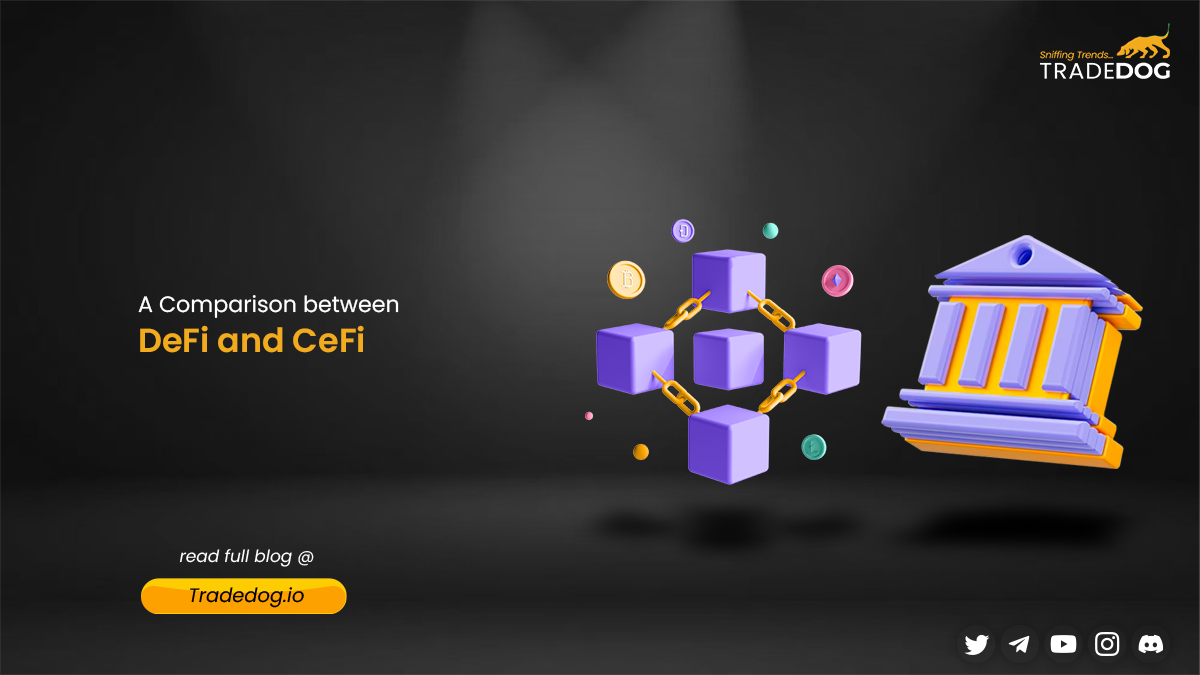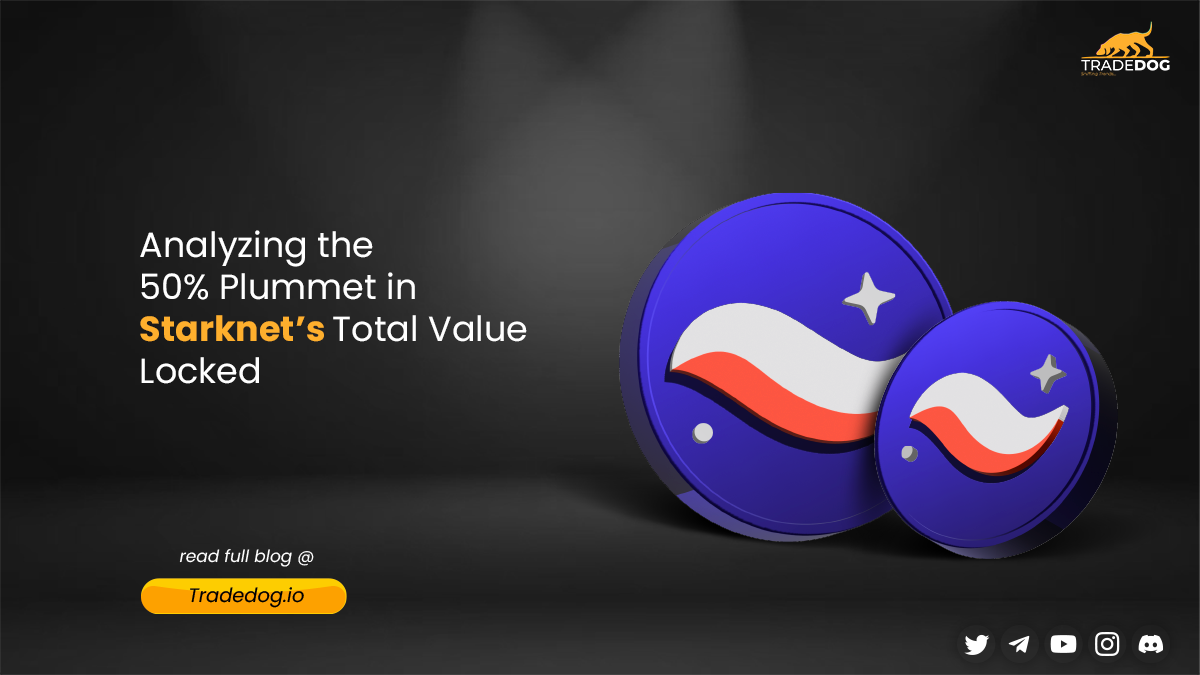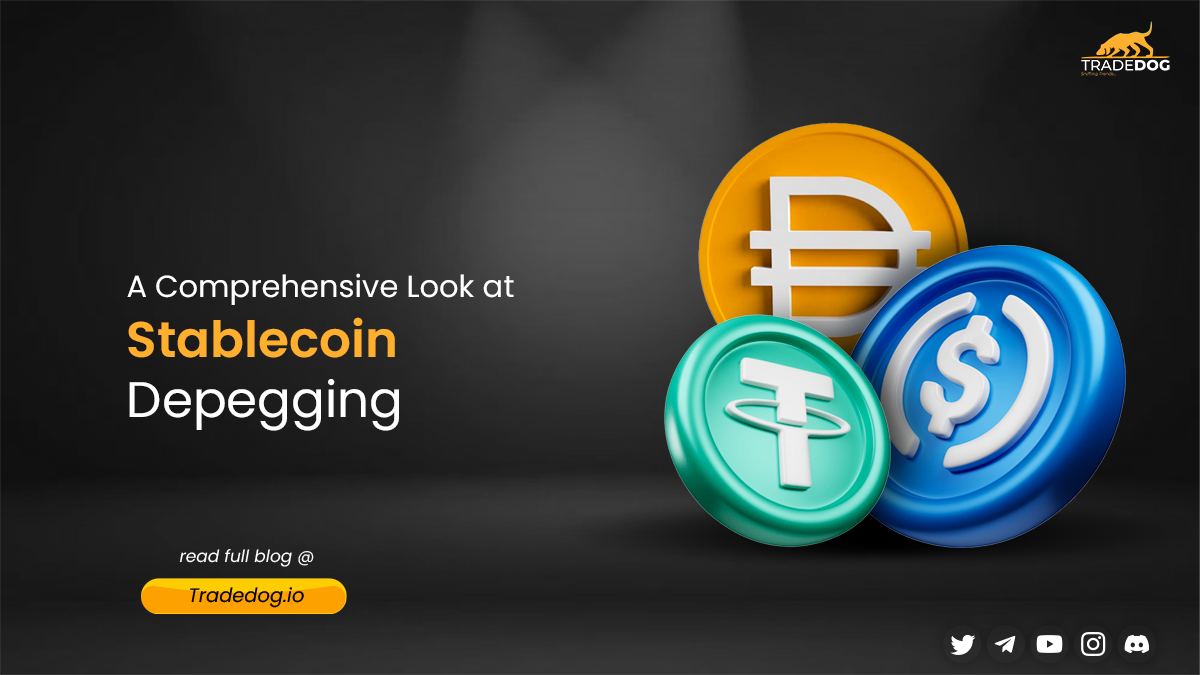Quick Links
A Crypto Loan, or a crypto-backed loan, involves lending cryptocurrency to borrowers who make regular interest payments. These payments are typically made in the cryptocurrency initially deposited and can be compounded daily, weekly, or monthly.
The crypto lending landscape comprises two primary categories: decentralized crypto lenders and centralized crypto lenders. Both options provide attractive interest rates, occasionally reaching as high as a 20% annual percentage yield (APY). However, borrowers are generally required to provide collateral to secure a crypto loan in either case.
What can a Crypto Loan be used for?
A crypto loan, also referred to as a cryptocurrency-backed loan, is a financial instrument that enables individuals to obtain traditional currencies (like USD, EUR, or other fiat currencies) or stablecoins by leveraging their cryptocurrencies as collateral. These loans serve various purposes, akin to conventional loans. Here are some prevalent scenarios where crypto loans find utility:
Investment
Many individuals employ crypto loans to amplify their existing cryptocurrency holdings and invest in additional digital assets or traditional ventures such as stocks, real estate, or businesses. This strategy is employed to enhance their investment returns potentially.
Hedging
Cryptocurrency traders often turn to crypto loans to hedge their positions. They can secure fiat or stablecoins to shield themselves from potential losses in the volatile crypto market, safeguarding against margin calls or liquidation risks.
Emergency Expenses
Crypto loans prove invaluable in unforeseen financial emergencies. Instead of selling cryptocurrencies at unfavourable market conditions, individuals can use them as collateral to secure a loan, covering urgent costs.
Tax Obligations
Capital gains from cryptocurrency investments may be subject to taxation in certain jurisdictions. Crypto loans can be a practical means to fulfil these tax obligations while retaining ownership of one’s crypto assets.
Types of crypto loans
Crypto loans are financial arrangements that allow individuals to borrow funds by using their cryptocurrency holdings as collateral. There are several types of crypto loans available in the market:
Traditional Crypto Loans
These are the most common types of crypto loans. Borrowers deposit their cryptocurrency as collateral, and in return, they receive a loan in fiat currency (like USD, EUR, etc.) or stablecoins (cryptocurrencies pegged to a stable asset like the US dollar).
Peer-to-Peer (P2P) Crypto Loans
P2P platforms facilitate loans directly between borrowers and lenders, often without the need for intermediaries. Borrowers can list their loan requests, including the amount they need and the interest rate they are willing to pay, and lenders can choose to fund these loans.
Margin Trading Loans
Crypto exchanges offer margin trading, allowing traders to borrow funds to amplify their positions. These loans are typically used for short-term trading strategies and come with higher risks due to potential liquidation if the market moves against the trader.
Crypto-Backed Stablecoin Loans
Some platforms allow users to deposit their crypto assets and receive stablecoins in return. These stablecoins are typically pegged to a specific value, like the US dollar. Users can use these stablecoins for various purposes, using their crypto assets as collateral.
Decentralized Finance (DeFi) Loans
DeFi platforms enable users to borrow and lend cryptocurrencies without relying on traditional financial intermediaries. These loans often involve smart contracts and decentralized protocols, eliminating the need for banks or other centralized institutions.
Crypto Mortgage Loans
Some platforms offer crypto mortgage loans, allowing borrowers to use their crypto assets as collateral to purchase real estate or other high-value assets. These loans are typically for more extended periods and involve significant amounts of cryptocurrency as collateral.
How to Get a Crypto Loan ?
- Borrower Application: The borrower applies for a crypto loan with a lending platform or service provider. They specify the amount they wish to borrow and the type and amount of cryptocurrency they are willing to use as collateral.
- Collateral Deposit: The borrower transfers the required amount of cryptocurrency to an address provided by the lender. The lender then verifies the collateral and its value.
- Loan Approval: Once the collateral is confirmed, the lender approves the loan and disburses the funds to the borrower. The loan terms, including interest rates and repayment schedules, are typically agreed upon in advance.
- Loan Repayment: The borrower is responsible for repaying the loan according to the agreed-upon terms. This may include periodic interest payments and principal repayment.
- Collateral Release: After the borrower repays the loan in full, including any interest and fees, the lender releases the collateral back to the borrower. Suppose the borrower fails to repay the loan as agreed. In that case, the lender may liquidate the collateral to cover the outstanding debt.
How to Lend Crypto Loan ?
To become a crypto lender, users must register on a lending platform choose a supported cryptocurrency to deposit, and transfer funds. Cryptocurrency lending carries both advantages and risks. On the positive side, most loans require collateral, ensuring that lenders can recover their losses through liquidation in case of default.
Here’s a step-by-step guide on how to lend crypto
- Select a Crypto Lending Platform: Start by researching and choosing a reputable crypto lending platform. Ensure that the platform you choose is trustworthy and provides adequate security measures.
- Sign Up and Verify Your Account: Create an account on the chosen lending platform. You’ll typically need to provide identification documents and complete Know Your Customer (KYC) verification to comply with legal requirements.
- Deposit Crypto Assets: Crypto Assets is a kind of Digital Assets. After your account is verified, deposit the cryptocurrency for cryptocurrency lending that you want to lend into your account on the platform. Make sure to review the supported cryptocurrencies and minimum deposit requirements.
- Select Lending Terms: Select the lending terms that suit your preferences. This includes the duration for which you want to lend your crypto and the interest rate you expect to earn. Different platforms offer various lending options, so review them carefully.
- Start the Lending Process: Follow the platform’s instructions to initiate the lending process. This usually involves specifying the amount of crypto you want to lend, the terms of the loan, and confirming the lending request.
- Start Earning Interest: Once your crypto is lent out, you’ll start earning interest on it. The interest rates can vary depending on the platform, the cryptocurrency you’re lending, and market conditions.
- Monitor the Crypto Assets : Keep track of your lending activities through the platform’s dashboard. You’ll be able to see the status of your loans, the interest earned, and any repayments.
- Reinvest or Withdrawal : After the lending period is over, you can choose to withdraw your principal and interest earnings. Some platforms also offer an option to automatically reinvest your earnings for continuous compounding.
- Manage Risks: Understand the risks associated with lending crypto, such as market volatility and the potential for default by borrowers. Diversify your lending across different cryptocurrencies and platforms to spread risk.
- Stay Updated: Stay updated on the cryptocurrency market and regulatory changes that may impact your lending activities. Regulations can vary by region and may affect lending platforms differently.
- Consider Tax Implications: Be aware of the tax implications of earning interest from lending crypto in your jurisdiction. Consult with a tax professional if needed to ensure compliance.
Pros and Cons of Crypto Loans
As the world of decentralized finance (DeFi) unfolds, the potential and limitations of crypto lending are coming into focus. For companies considering entry into this space, it’s crucial to carefully evaluate the following advantages and drawbacks:
Pros
Rapid Origination
DeFi loans offer a significant advantage in terms of speed and accessibility. Often, they require no credit checks or established credit histories. Many DeFi lending platforms provide flexible terms and lower fees than traditional financial institutions.
Increased Credit Access
Unlike traditional loans, crypto loans don’t necessitate a conventional bank account. This could be a groundbreaking solution for the approximately one-third of the global population that lacks access to banking services, particularly in developing and emerging markets.
Cons
Alternative Collateral
In the current DeFi landscape, many loans are considered “over-collateralized.” Borrowers are required to provide tokens worth more than the loan itself. While this arrangement allows for favourable loan terms, it presents a learning curve for those seeking to bridge the gap between traditional finance and DeFi.
Limited Regulation
Unlike traditional bank loans, crypto loans lack regulations. Consequently, if issues arise or illegal or unethical activities occur, borrowers may find it impossible to recover their assets.
What are the Risks of Crypto Loans?
Crypto loans offer various benefits but also come with inherent risks. It’s important to understand these risks before engaging in crypto lending:
Volatility Risk: Cryptocurrencies are highly volatile, and their values can fluctuate significantly in a short time. If the collateral’s value drops below a certain threshold (often called the “liquidation price”), the lender may liquidate the collateral to cover the loan, potentially causing the borrower to lose a significant portion of their assets.
Default Risk: Borrowers may default on their loans, either intentionally or due to market conditions. In such cases, lenders may lose a portion of their principal, even if collateral is liquidated.
Counterparty Risk: In centralized lending platforms, you rely on the platform to facilitate the loan. If the platform encounters financial issues, gets hacked, or engages in fraudulent activities, you could lose your funds.
Smart Contract Risk: In decentralized lending platforms (DeFi), loans are governed by smart contracts. Smart contracts can have vulnerabilities, and if exploited, can result in the loss of funds for lenders or borrowers.
Regulatory Risk: The regulatory environment for cryptocurrencies and crypto lending is still evolving. Changes in regulations can affect the legality and operation of crypto lending platforms, potentially leading to disruptions or losses.
User Error Risk: Crypto lending platforms can be complex, and users may make mistakes when setting up loans or managing collateral. These errors can result in financial losses.
Frequently Asked Questions (FAQ)
What conditions must be met to access the Crypto Loans service?
No additional prerequisites are necessary. If you are a registered user on Crypto Exchange and possess assets in your Spot Account or Funding Account (for those who have upgraded to the Unified Trading Account) that are eligible as collateral assets, you have the ability to borrow coins on Crypto Exchange.
Which cryptocurrencies can be borrowed and used as collateral for Crypto Loans?
You can borrow and use USDT, BTC, ETH, and various other assets as collateral. For additional information, please consult the tradedog page.
Is it possible to withdraw borrowed assets?
Yes, you can withdraw borrowed assets.
Can I repay the loan in a different coin than the loan currency?
No, you can only repay it with the coins you borrowed. For example, if you have borrowed USDT, you can only use USDT to repay the loan.
Where can I check the amount I’ve collateralized?
You can find this information in the Account Overview. It’s important to note that the collateralized amount will be subtracted from your Spot Account or Funding Account (for users with a Unified Trading Account) and will only be refunded upon full repayment of the loan.
What is the duration of the loan?
Currently, loan periods of 7 days, 14 days, 30 days, 90 days and 180 days are supported. Users can return the borrowed coins at any time.
How is the interest on the loan calculated?
The interest rate for Crypto Loans is dynamic and may change in real-time. For detailed information on how the interest rate is determined, please consult on crypto exchange.
Can I utilize my collateral to repay the loan?
No, at this time, exchanges do not facilitate repayments using collateral. Collateral will only be released to the user’s account once the loan has been fully repaid. Borrowers are required to have the appropriate coin balance available for loan repayment.
What is the Loan-to-Value (LTV) ratio?
The Loan-to-Value (LTV) ratio is the proportion of the assets available for borrowing in relation to the value of the collateralized coins. The value of the collateral is determined based on
most recent traded price.
The initial LTV ratio establishes the initial quantity of coins that can be borrowed. It’s important to be aware that the initial LTV ratio may differ for various types of collateral, resulting in varying amounts of borrowable coins.













